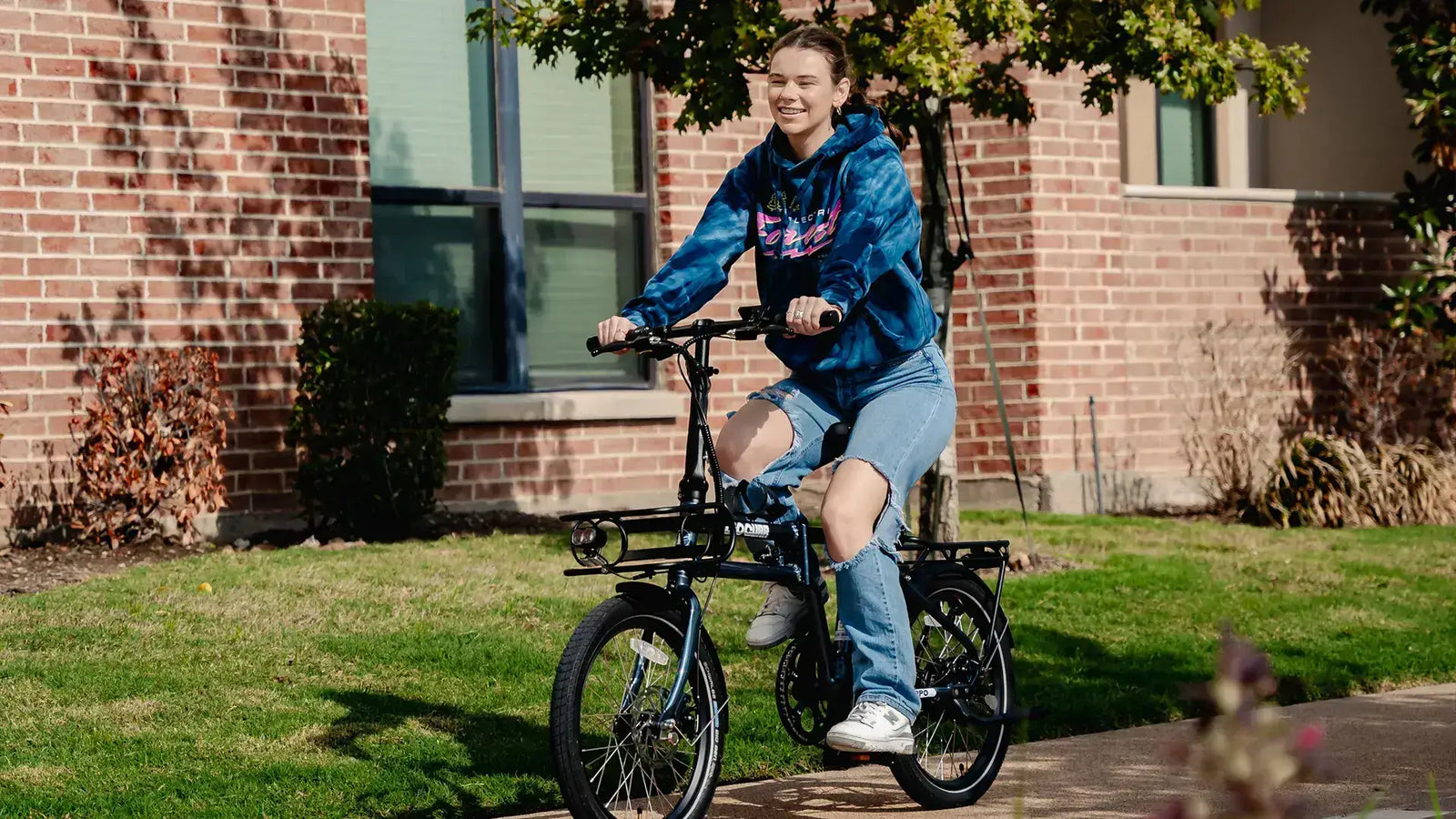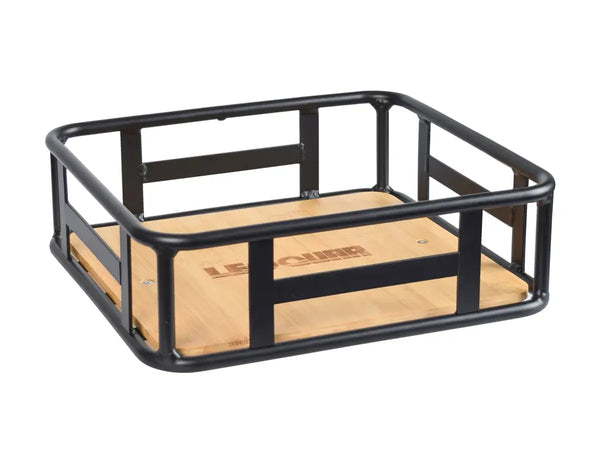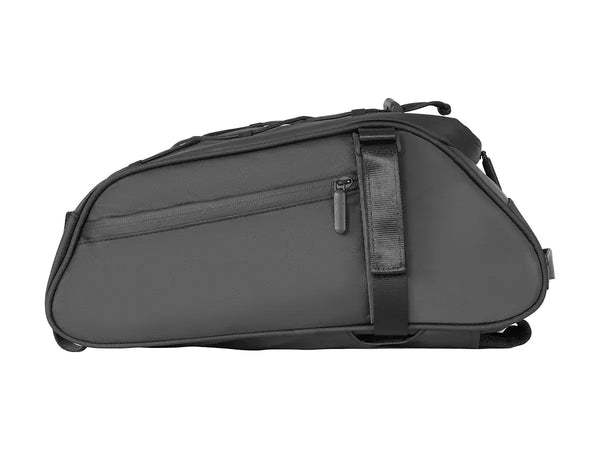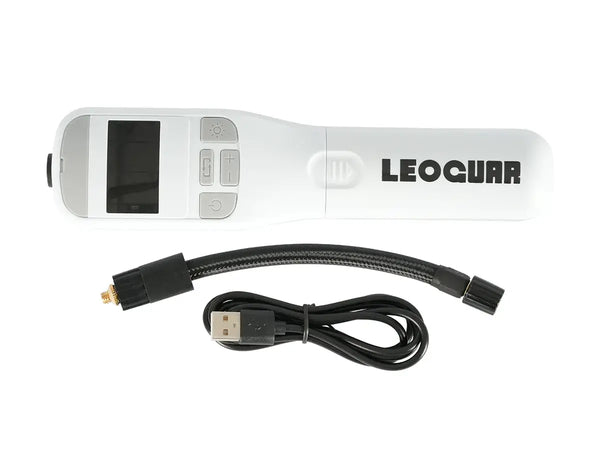
Best Commuter eBike: Key Features Every Daily Rider Needs
If your daily commute is between 5–20 miles, you want something faster than a car in traffic and more reliable than public transport. That’s where a commuter e-bike becomes your best ally. These bikes are designed to save time, cut costs, and make every ride enjoyable.👉 Shop Leoguar Commuter E-Bikes
Why E-Bikes Beat Car Commutes
Switching from a stressful car commute to a faster, healthier e-bike ride can change your life. But finding the right bike feels hard. A good commuter e-bike needs more than just a big motor or long range. It needs the right mix of reliability, comfort, safety, and features that work for your daily trips. This guide will help you understand what really matters so you can pick the best commuter ebike for your needs.
The Power Trio
You need to understand three main parts of an e-bike to make a smart choice. The motor, battery, and brakes work together to create your riding experience. How well they work together decides if your commuter bike will be great or just okay.
The Motor
The motor gives you the power that makes hills easy and headwinds disappear. There are two main types that feel very different.
Hub-drive motors sit in the rear wheel hub. They push you forward like someone is giving you a helpful shove from behind. These motors cost less and have simple designs, which makes them popular on cheaper bikes. The main problem is that fixing a flat tire on the back wheel becomes much harder.
Mid-drive motors attach where the pedals connect to the bike. This setup sends power directly through the bike's gears, making it feel more natural when you pedal. Because they use the bike's gears, mid-drive motors climb hills much better than hub motors. They also balance the bike's weight better since the motor sits in the middle and low on the frame. But this better performance costs more money.
For daily commuting, you should care about torque and wattage. Torque gets measured in Newton-meters and controls how fast you accelerate and climb hills. Wattage shows how much steady power the motor can give you.
| Feature | Hub-Drive Motor | Mid-Drive Motor |
|---|---|---|
| Feel | A "pushing" sensation | Natural, intuitive pedal assistance |
| Cost | More affordable | More expensive |
| Hill Performance | Good, but can struggle on steep grades | Excellent, leverages bike's gears |
| Maintenance | Simpler motor system, but can complicate tire changes | More complex motor, but standard wheel removal |
The Battery
The battery acts like your gas tank. You need to understand how much energy it holds so you don't run out of power during your ride. The most important number is Watt-hours, written as Wh. This tells you how much total energy the battery can store. You can calculate it by multiplying Volts times Amp-hours to get Watt-hours. A higher Wh number means more range.
Don't believe everything manufacturers say about range. They test their bikes in perfect conditions with light riders on flat ground using the lowest power setting. Most real commuters will get between 20 and 50 miles per charge. Your weight, hills, high assist levels, and strong winds will all reduce your range.
Think about how the battery mounts to the bike. Some batteries hide inside the frame while others mount on the outside. More importantly, can you remove the battery? A removable battery makes charging much easier since you can bring it inside your home or office without moving the whole bike.
The Brakes
Your brakes keep you safe on a bike that weighs more and goes faster than regular bicycles. Old or cheap bikes might have rim brakes, but any good modern commuter e-bike will have disc brakes.
Mechanical disc brakes work well and stay reliable. They stop you effectively in most weather and you can fix them at home pretty easily.
Hydraulic disc brakes work much better. They give you more stopping power with less hand effort, plus better control over how hard you brake. For city commuting with sudden stops, heavy traffic, and changing weather, hydraulic disc brakes are essential. They're a must-have safety feature that follows NHTSA bicycle safety guidelines.

Essential Commuter Features
A real commuter bike needs practical features that make daily riding easy and safe. These aren't extras - they're necessary parts of the best commuter ebike.
Best Commuter Electric Bikes Under $1000 – Budget Picks
Not every great commuter e-bike has to break the bank. If you’re looking for an affordable way to ride to work or school, there are plenty of budget commuter e-bikes under $1,000 worth considering. These models usually come with essential commuter features like fenders, lights, and racks, but may trade off on battery range or torque. When choosing a cheap commuter e-bike, look for brands with good reviews, standard 250-500W motors, and removable batteries to simplify charging.
Must-Have Accessories
Think of your e-bike as a daily work vehicle that needs to handle any situation. The best commuter e-bikes include these features from the factory.
Integrated lights in front and back help other people see you while helping you see the road. These lights run off the main battery so you never have to charge separate units or worry about being caught in the dark.
Fenders or mudguards are absolutely necessary if you ride in any weather. They keep water, mud, and road dirt from spraying on your clothes so you arrive clean and dry.
A rear rack lets you carry your laptop, groceries, or extra clothes in side bags. This works much better than wearing a heavy backpack that makes you sweaty and throws off your balance.
A good kickstand makes parking and loading much easier. It keeps your bike stable while you put things in bags or attach a child seat.
Understanding eBike Classes
You need to know e-bike rules to make sure your bike is legal on streets and bike paths. The United States uses three main classes.
Class 1 bikes only help when you pedal and stop helping at 20 mph. Class 2 bikes have a throttle that can move the bike without pedaling, but still max out at 20 mph. Class 3 bikes only help when you pedal but go up to 28 mph, making them great for longer commutes on faster roads.
Rules change between states and even cities. Always check your local state-by-state e-bike laws before buying to understand where you can ride each type of bike.
Check your local e-bike class rules via this e-bike access law database.
The Commuter's Trade-Off
Every e-bike design balances three things that compete with each other: power, range, and weight. You can usually get two of these three things, but getting all three costs a lot of money. Understanding this helps you pick a bike that matches what you really need.
You Can't Maximize Everything
High power plus long range equals a heavy bike. A bike with a strong motor and big 750Wh battery will climb any hill and go far, but these parts weigh a lot. This type works great if you store it in a garage, but carrying it up stairs every day would be awful.
Low weight plus high power equals short range. A light, quick bike that accelerates fast feels great in the city, but keeping weight down means using a smaller battery with less range. This works well for short, fun rides where you need to carry the bike sometimes.
Low weight plus long range equals expensive. This combination requires the latest, most expensive technology like high-tech battery cells, efficient motors, and carbon fiber frames.
Ask yourself what matters most: "Do I need to carry my bike into an apartment, or do I need to climb big hills on a 20-mile ride?" Your answer will show you which type of bike to get.
Real-World Commuting Scenarios
Specs on paper only tell part of the story. Let's look at two common commuting situations to see what features really matter.
City vs Suburban Commuters: Which Electric Bike is Best?
City commuters often need lightweight, agile e-bikes that can handle stop-and-go traffic, fit in elevators, and charge overnight indoors. Suburban riders, however, may require more range, better hill-climbing ability, and high-capacity batteries to tackle long commutes and varied terrain. The best e-bike for commuting depends on your route—urban dwellers may prefer a folding commuter e-bike, while suburban users benefit from mid-drive motors and large-capacity batteries.
The Urban Apartment Dweller
Picture a 5-mile ride through mostly flat city streets. Every day you have to navigate tight apartment hallways and carry the bike down three flights of stairs, then back up again after work.
Weight matters most in this situation. A 65-pound bike becomes impossible to manage no matter how powerful it is. Look for bikes under 50 pounds with lightweight frames. A removable battery comes in second place since you can charge it inside without bringing the whole bike upstairs. You don't need a huge motor or 60-mile range - the extra weight hurts more than the unused power helps. A compact or folding commuter bike that focuses on being portable works best here.
The Suburban Super-Commuter
Now imagine a different trip: 15 miles from a suburban home with a garage to a downtown office. The route has rolling hills and a long climb on the way home when you're already tired. Some sections need you to keep up with 25-mph traffic for safety.
This situation needs completely different features. Weight doesn't matter since you never carry the bike, but performance is everything. A mid-drive motor with high torque makes hills feel easy, especially at the end of a long day. A big battery (600Wh or more) lets you use higher assist levels without worrying about running out of power. Strong hydraulic disc brakes help you control speed on long downhills safely. A Class 3 e-bike works perfectly for this type of commuting.
Comfort and Fit
Technical specs might convince you to buy a bike, but comfort and fit determine if you'll want to ride it every day. An uncomfortable bike will sit unused no matter how impressive its motor is.
Commuter eBikes for Women: Comfort, Fit & Safety
Women's commuter e-bikes often prioritize comfort, lighter weight, and ergonomic frame design. Look for step-through frames for easy mounting, adjustable handlebars to reduce wrist fatigue, and narrower saddles designed for women’s anatomy. Many female riders prefer electric commuter bikes under 50 lbs with upright riding positions, which provide better road visibility and control during busy city traffic.
Saddle and Riding Position
Pay attention to how the bike fits your body.
Some bikes make you lean forward like a racing cyclist while others keep you sitting upright like a beach cruiser. Most commuters do best with a comfortable, slightly upright position that lets you see traffic clearly and doesn't strain your back, neck, or wrists.
The saddle is very personal, but you need one that's well-cushioned and the right size for daily riding. Suspension on the front fork or seat post can smooth out bumpy city streets, turning a rough ride into a comfortable glide.
Look for wider tires around 40mm or 1.5 inches that provide natural cushioning and more stability than narrow road tires. Tires with built-in puncture protection help you avoid flats that delay your commute.
Your Perfect Commuter eBike Awaits
Choosing the right commuter e-bike isn’t just about specs—it’s about matching your daily routine. Here are three Leoguar commuter-ready options designed for different riders:
- ✅ Leoguar Sprint Utility E-Bike – Compact and affordable at $849, perfect for short city commutes under 10 miles.
- ✅ Leoguar Fastron ST Folding E-Bike – Lightweight and foldable, ideal for apartment living and urban riders who need portability.
- ✅ Leoguar Trailblazer Commuter Setup – A powerful mid-drive option built for longer suburban rides and steep climbs, performing like a $5,000 bike at half the price.
Ready to upgrade your daily commute? Explore Leoguar’s full commuter e-bike lineup
Frequently Asked Questions
What features should I look for in a commuter electric bike?
A: Lightweight frame, upright position, racks, fenders, integrated lights, and a battery range of at least 30 miles.
Are commuter e-bikes good for daily use?
A: Yes. They are reliable, efficient, and designed to handle traffic and stop-and-go commuting.
How fast does a commuter e-bike go?
A: Most commuter e-bikes assist up to 20 mph (Class 1 & 2) or 28 mph (Class 3).
What’s the difference between a commuter e-bike and a regular bike?
A: A commuter e-bike offers motor assistance, comfort features, and city-ready add-ons like racks and lights.
Do I need a license or insurance for a commuter e-bike?
A: No license is required for Class 1 and 2 in most U.S. states. Class 3 may have restrictions depending on local laws.












































Leave a comment